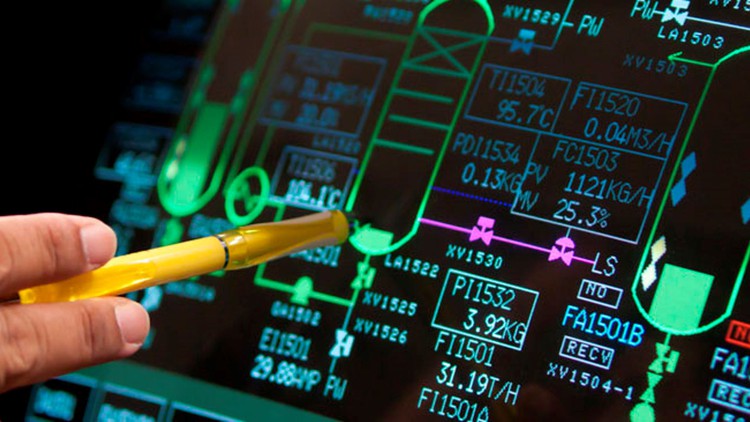242 - Learning objectives
243 - Why do we need to control
244 - How to control
245 - Pipe control Example 1
246 - Pipe control Example 2
247 - Pipe control Example 3
248 - Pipe control Example 4
249 - Flow control Example 1
250 - Flow control Example 2
251 - Pump control Example 1
252 - Pump control Example 2
253 - Pump control Example 3
254 - Pump control Example 4
255 - Pump control Example 5
256 - Pump control Example 6
257 - Pump control Example 7
258 - Compressor control Example 1
259 - Compressor control Example 2
260 - Compressor control Example 3
261 - Heat transfer equipment control Example 1
262 - Heat transfer equipment control Example 2
263 - Heat transfer equipment control Example 3
264 - Heat transfer equipment control Example 4
265 - Heat transfer equipment control Example 5
266 - Heat transfer equipment control Example 6
267 - Chemical reactor temperature control
268 - Fired heater control Example 1
269 - Fired heater control Example 2
270 - Container and vessel control Example 1
271 - Container and vessel control Example 2

